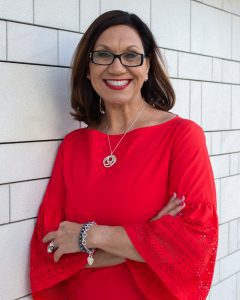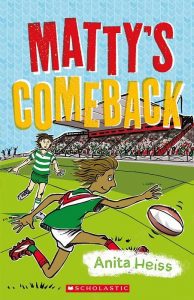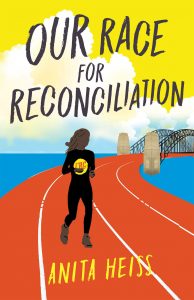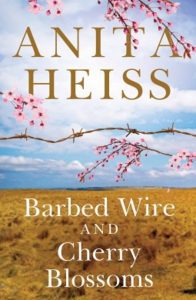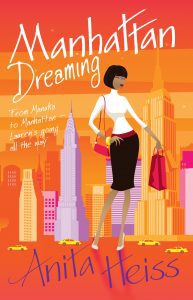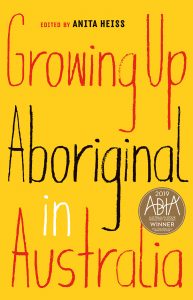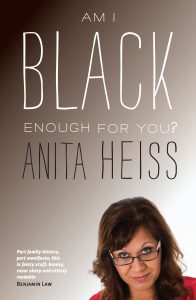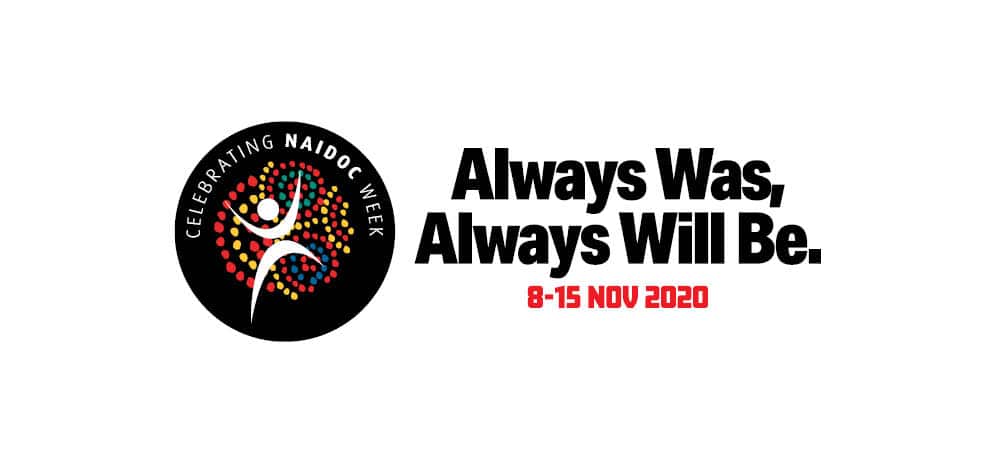
NAIDOC Week author spotlight – Anita Heiss
Always was, always will be.
The Aboriginal and Torres Strait Islander people were Australia’s first explorers, first navigators, first engineers, first farmers, first botanists, first scientists, first diplomats, first astronomers and first artists.
NAIDOC Week is an opportunity for all Australians to come together to celebrate the rich history, diverse cultures and achievements of Aboriginal and Torres Strait Islander peoples as the oldest continuing cultures on the planet.
 Anita Heiss
Anita Heiss
Anita is a proud member of the Wiradjuri nation of central New South Wales, and is one of Australia’s most prolific and well-known authors. She is multitalented with books published across genres – including non-fiction, historical fiction, commercial fiction and children’s novels.
As an advocate for Indigenous literacy, Anita has worked in remote communities as a role model, encouraging young Indigenous Australians to write their own stories.
 Matty’s comeback
Matty’s comeback
Matty loves football. He’s South Sydney’s number one fan and the star scorer in his own local team. He knows he can help his team to the semifinals and beyond. But things don’t go to plan, and now it seems Matty won’t be able to help his team to victory after all. But help can come from surprising places and people.
 Our race for reconciliation
Our race for reconciliation
Mel Gordon loves running, and watching Seinfeld, but mostly she loves Cathy Freeman. It’s 2000 and the Olympics are going to be held in Australia. In a year of surprises, Mel finds out that Cathy Freeman is coming to talk at her school. And her family is heading to Sydney! It becomes an unforgettable journey to Corroboree 2000, bringing together all Australians as they march and sing and celebrate Australia’s Indigenous heritage and also acknowledge past wrongs.
 Barbed wire and cherry blossoms
Barbed wire and cherry blossoms
5 August, 1944. Over 1000 Japanese soldiers break out of a Prisoner of War compound. In the carnage, hundreds are killed, many are recaptured and some take their own lives rather than suffer the humiliation of ongoing defeat. One soldier manages to escape to nearby Erambie Station, an Aboriginal mission. Unlike most of the townsfolk who dislike and distrust the Japanese, the people of Erambie choose compassion and offer refuge.
 Manhattan dreaming
Manhattan dreaming
Lauren is a curator at the National Aboriginal Gallery in Canberra. She’s good at her job, passionate about the Arts, and takes work seriously. It’s easy for Lauren to focus on work, that is, when she’s not focusing on Adam. Lauren is smitten with, or as her friends say, obsessed with Adam – the halfback for the Canberra Cockatoos. But Adam is a player, on and off the field. Lauren knows he’s the one, but he doesn’t seem to feel the same way about her. If she just waits long enough though, surely he’ll realise how much he needs her? Then her boss offers her the chance of a lifetime – a fellowship at the Smithsonian in New York. Lauren has to make some big decisions: The Man or Manhattan?
 Growing up Aboriginal in Australia
Growing up Aboriginal in Australia
Childhood stories of family, country and belonging. What is it like to grow up Aboriginal in Australia? This anthology, compiled by Anita Heiss, attempts to showcase as many diverse voices, experiences and stories as possible in order to answer that question. Each account reveals, to some degree, the impacts of invasion and colonisation – on language, on country, on ways of life, and on how people are treated daily in the community, the education system, the workplace and in friendship groups. The anthology aims to enlighten, inspire and educate about the lives of Aboriginal people in Australia today.
 Am I black enough for you?
Am I black enough for you?
“I’m Aboriginal. Just not the Aboriginal person a lot of people want or expect me to be.” Anita Heiss is Aboriginal, however this does not mean she likes to go barefoot and please, don’t ask her to camp in the desert. After years of stereotyping Aboriginal Australians as either settlement dwellers or rioters in Redfern, the Australian media have discovered a new crime to charge them with: being too ‘fair-skinned’. In this deeply personal memoir, told in her distinctive, wry style, Anita Heiss gives a first-hand account of her experiences as a woman with an Aboriginal mother and Austrian father. Read her story and ask: what does it take for someone to be black enough for you?
Have you read any of Anita Heiss’ books yet? Click the links to reserve your copy.

